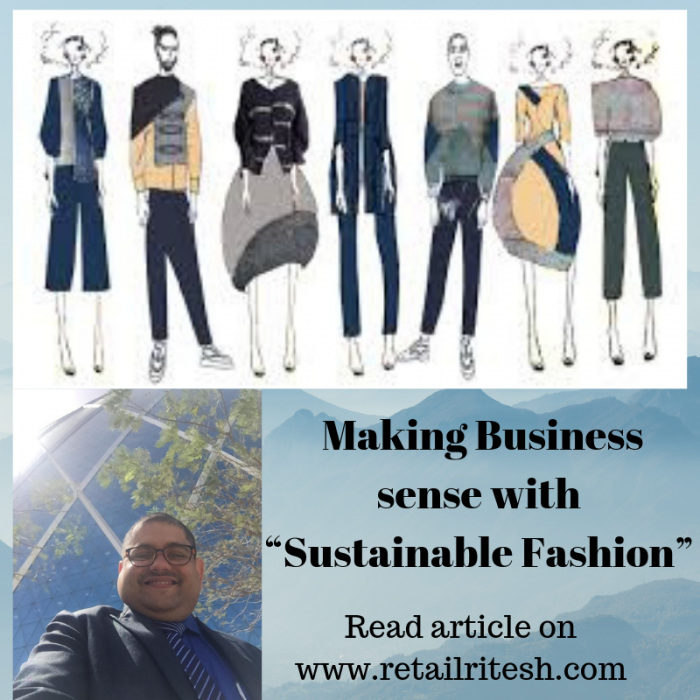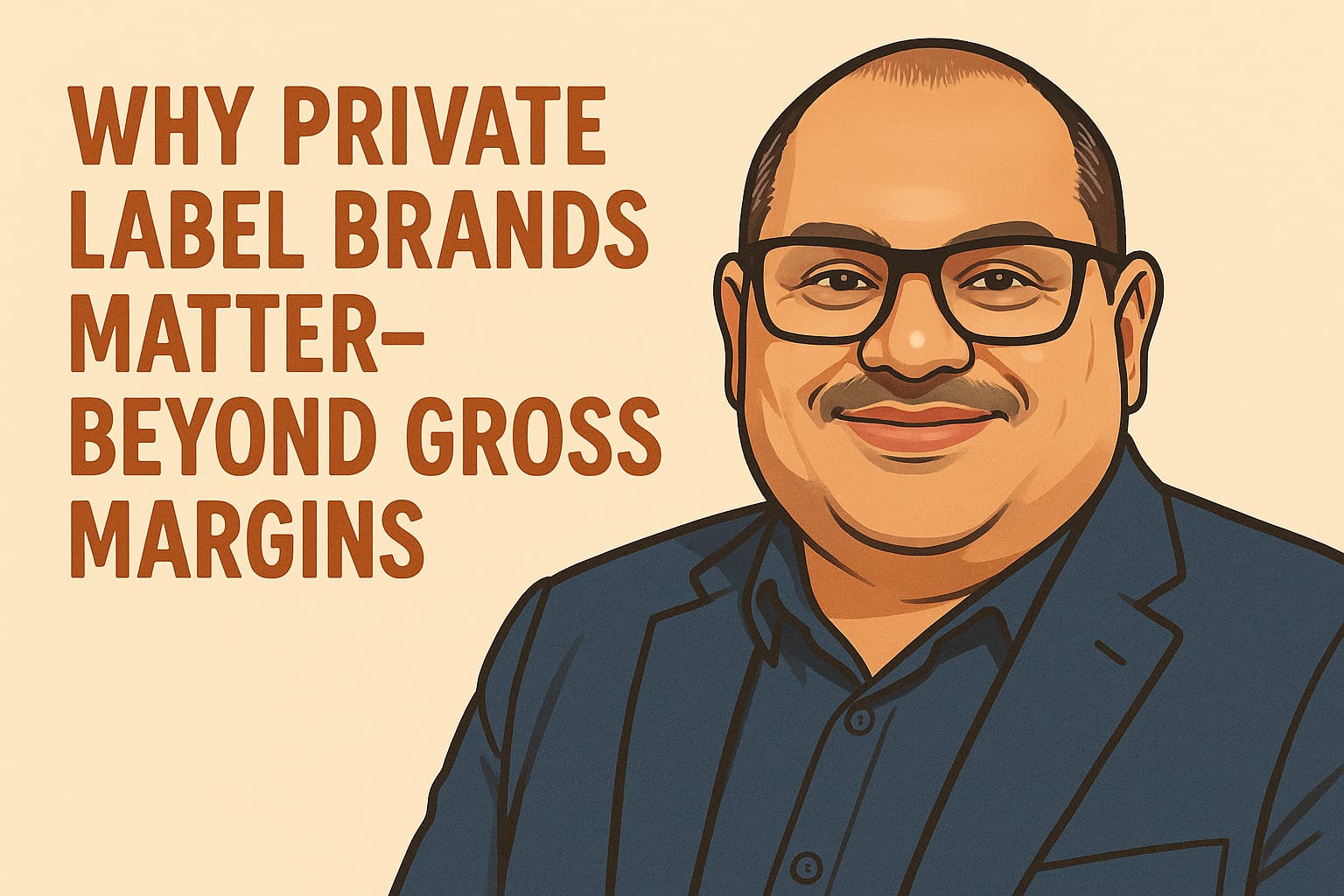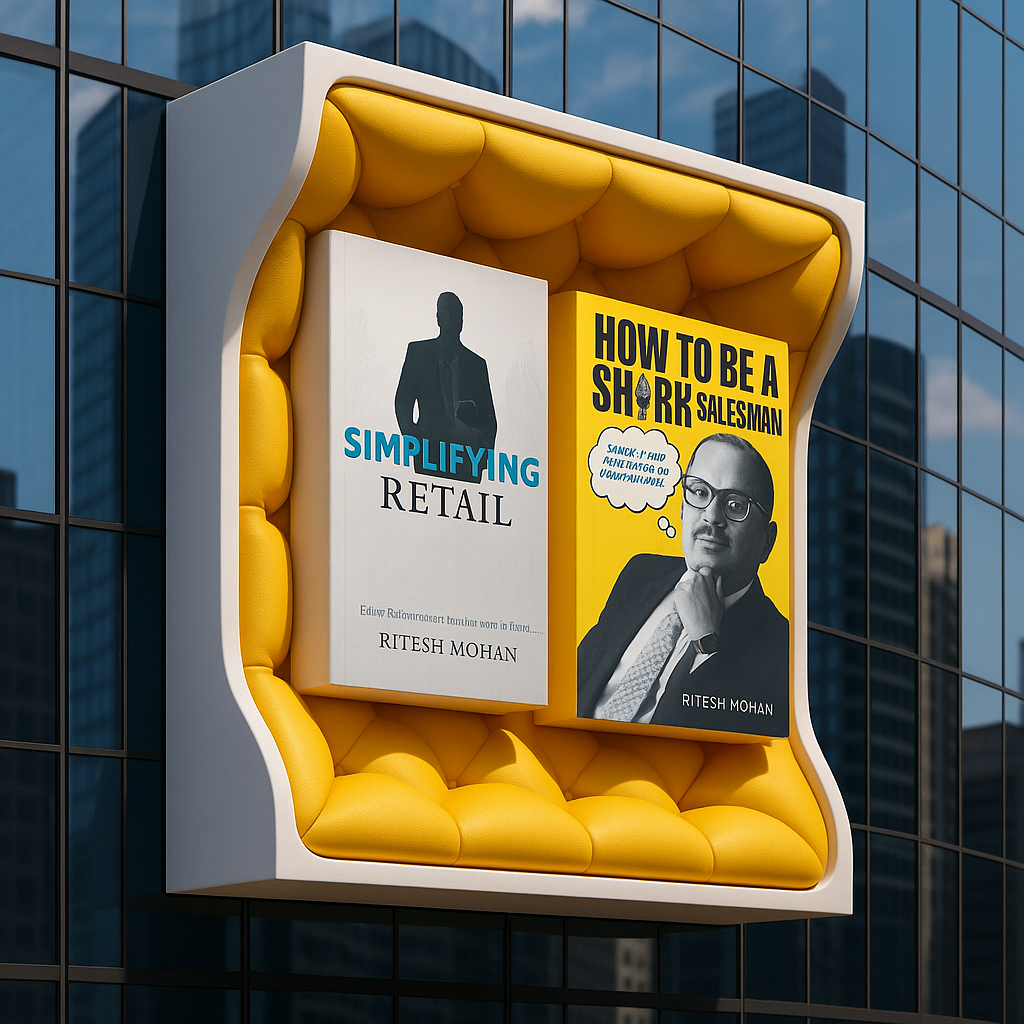Making Business sense with “Sustainable Fashion”
As the world is becoming more socially aware about sustainability & carbon footprints and hence one term that we keep hearing in media is “sustainable fashion” or “sustainable brands”.
As per Wikipedia, sustainable fashion is defined as a movement and process of fostering change to fashion products and the fashion system towards greater ecological integrity and social justice.
Why the need for sustainability in fashion?
The latest fashion trends are not about a seasonal color or a must-have styles; trend is about sustainable fashion and ethical clothing.
Fashion industry being the second highest polluter in the world behind agriculture, it’s high time for brands to understand their responsibility towards reducing carbon footprints.
Why has sustainable fashion become a Buzzword?
-
Water is a scarce resource:
Washing garments demands for fresh water for washing. Using of excessive water is depleting the drinkable water tables in some industrial zones.
-
Usage of Hazardous Dyes & chemicals:
Dyes and finishes from the production processes are dangerous for the workers, plus they get into the community water sources.
These chemicals may not affect the consumers directly, but they’re a problem for the people who make clothing as they inhale dangerous fumes and dyes.
-
Use of pesticides in Agriculture:
Natural fibers like cotton are often grown using pesticides and treatments that are harmful to the farmers, workers, and wildlife in the area.
There are now more options for organic cotton, linen, and other fibers available, which also use less water than the conventional growing methods.
Does sustainable fashion makes economic sense?
Consumerism or the Instagram culture is fueling the aspirations among millennial’s i.e. to look better than their peers, has given rise to fast fashion industry i.e. producing fashion clothing that is cheaply made and intended for short-term use, whereas “sustainable” or “ethical” fashion is completely opposite.
Sustainable fashion takes into account the full life-cycle of the product — from the design, sourcing, and production processes — and removes the processes that affects the environment, workers & communities.
Want to learn about fast fashion, read my article here.
How can fashion brands become more sustainable?
I am suggesting few ways wherein brands can approach sustainability in their overall fashion business model.
-
Renting of clothes.
Renting clothes to consumers for their special day or event is a way that brands could explore.
Success of brands like Rent the Runway (RTR) has proven this concept.
I had previously written a case study on Rent the runway, read it here.
-
“Slow- Fashion” concept which is completely reverse of “fast fashion”
Environmentally friendly by producing fewer new items. Focus on your basic moving lines more than lines influenced by trends. Quality is key here.
Slow fashion means sticking with what you have for a long time, so this can get difficult to practice when your tastes change.
-
Recycling of waste products:
Quoting an example of one footwear brand which uses waste plastic bottles to convert them into fashion footwear. Check the video here.

Case study: Levis jeans
It takes over 2,000 gallons of water just to make one pair of jeans as per statistics.
Levi’s is now attempting to remove water wherever possible with its Water-Less collection, which it says uses up to 96% less water to make.
And because Levi’s is such a big player in the denim industry, steps like this can actually have an impact.
Watch the video below to learn more

Case study: Eileen Fisher
This luxury brand is a leader in sustainable fashion and takes a full life-cycle approach.
It looks at everything from the fibers, to the dyes and finishes, complete process cycle – and the list goes on.
The garments can get pricey, but under the Renew website, the brand buys back and resells its own label’s gently worn clothing so you can get it for a lower price in excellent condition.
If the clothing isn’t good enough to be resold, it’ll turn the fabric into art using special felting techniques.
In my next article, I shall write about sustainability in other sectors like Home furnishing etc.
I would be more than happy to assist any of my retail fraternity member who is planning to make his/her business more sustainable & profitable. You may write to me on riteshmohan@yahoo.com
About the author:
Ritesh Mohan is a passionate retail professional with over 20 years in the Retail sector, handling some of the biggest brands in beauty, fashion and fragrances retail & FMCG sector. He has been instrumental in the growth of some of the regional brands as well in Middle East region. Ritesh specializes in Retail management, Product development and Brand management, Retail Operations, Sales Management and Franchising & Business Management. He strongly believes in empowering business owners with his wisdom & experience of around two decades in the industry.







Sustainability- The 21st century's Business Differentiator - Retail Ritesh
June 15, 2019 @ 1:17 pm
[…] Sustainable fashion making commercial sense, read here […]
Excess Inventory Problems? The answer is Recommerce - Retail Ritesh
February 17, 2020 @ 8:51 am
[…] Learn more about sustainability in fashion, click here. […]